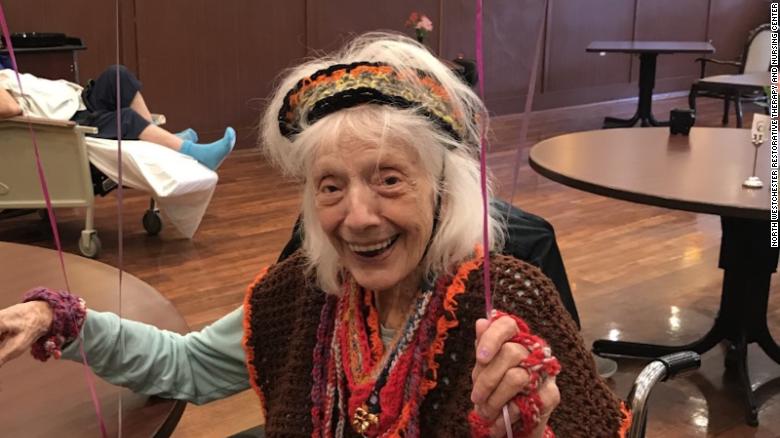At Family inHome Caregiving, we stress the fact that exercise, social interaction and a good diet are keys to longevity for our senior clients, most of which are in their 90’s or even 100’s. The most difficult of the three in the current COVID-19 environment is social interaction, but this doesn’t have to be in person. Keep in touch with your friends and family with a zoom or facetime call. A good diet isn’t hard to do either. Do a google search on the Mediterranean diet—it is delicious. There are a number of quick and healthy ways to cook salmon, which is very good for you. Paired up with some vegetables and a nice salad and you will enjoy it. Exercise is not that hard to keep up with either. The Centers for Disease Control and Prevention (CDC) recommend at least 150 minutes of moderate-intensity exercise each week which means taking a brisk walk of 20-30 minutes per day. Some physicians suggest that you mix it up so that you don’t get bored and you use different muscle groups. That means doing a bit of biking, swimming or yoga.









